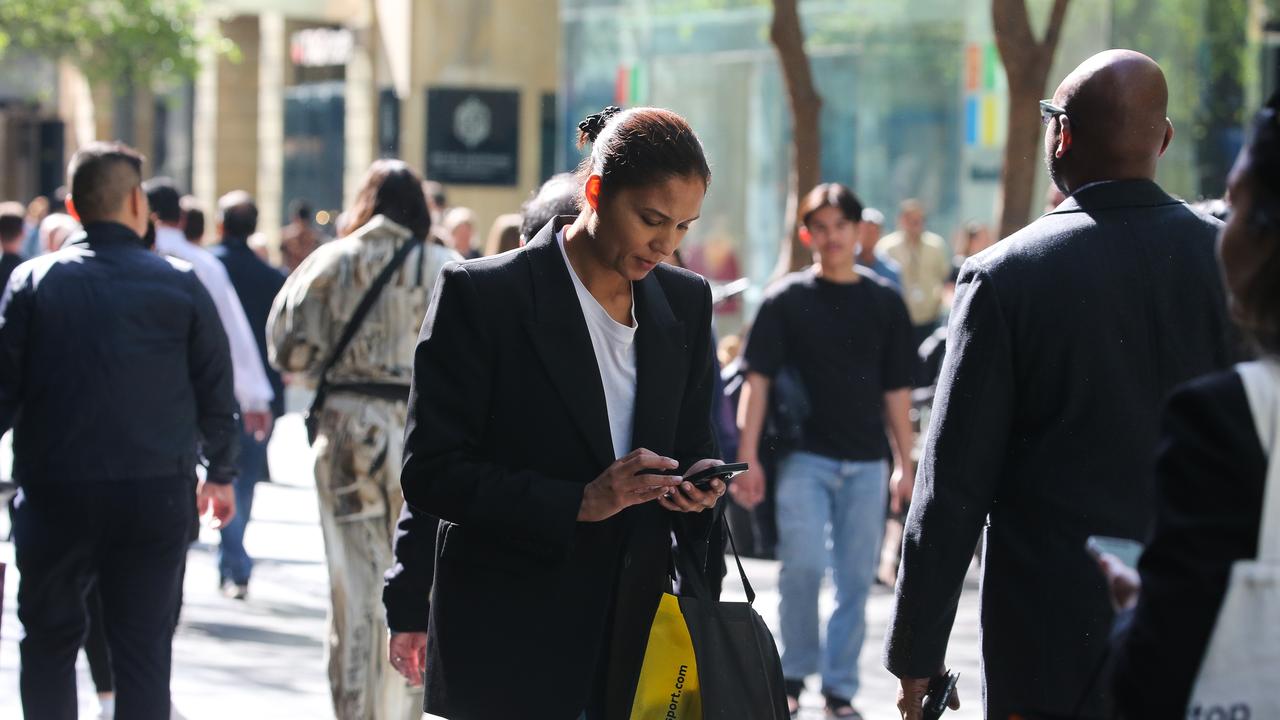You’ve seen this sign every where. You can’t escape it. And it could be the thing that brings our economy to its knees.
I’m talking about the ‘For lease’ sign. You see them every time you walk through the city centre, you see them all up and down the shops. People working from home don’t go to offices or CBD shops any more and it could cause a great reckoning.
Huge volumes of retail and office space are lying vacant right now, creating a ticking time bomb we need to defuse.
The Reserve Bank has put out a paper on the risks to financial stability from commercial real estate, warning owners may not be able to pay their loans.
“Weak leasing demand and higher interest rates are weighing on commercial real estate owners’ loan servicing ability and asset values.”
This is not just an Australian problem. Around the world the rise of working from home and online shopping got a jolt in the pandemic. Both were growing. Then they stepped up enormously, doing a decade of growth in a couple of years. That has left a lot of vacant space across cities around the world.
However, as the next chart shows, Australia’s office markets in particular are at risk. The levels of office attendance in Melbourne in [time] are less than half what they were before the pandemic. Sydney is also seeing a low level of office attendance, similar to what’s happening in Manhattan, New York.
The chart also shows the growth of online shopping. We have some way to go to catch up to America. If that gap closes, we will need even less retail frontage. The next decade may not be a great time to own a shop.
Crash?
Weak commercial property might sound good if it leads to lower rents for businesses. But it can actually be a bad thing because it’s banks that own commercial real estate in the end. They make a lot of loans to the people who buy it, and when those loans go bad, the financial system suffers.
“Commercial real estate markets have historically been one of the main sources of banks’ losses during periods of banking sector difficulties,” says the RBA.
We can probably manage all these issues if the economy keeps growing steadily. But of course the big risk right now is the opposite. Recession is lurking, ready to jump out at us if things start to go wrong. That would send a lot of businesses under, put people out of work, reduce consumer activity and exacerbate the situation in commercial real estate. This is why a recession is such bad news: it can become a downward spiral, a self-fulfilling prophecy.
Have commercial real estate values fallen? The answer is yes. An easy way to see it is via the share prices of real estate investment trusts (REITs). These are down about 25-45 per cent in most countries, as the next graph shows (these trusts are companies that let people own real estate via the share market).
Can they just drop rents?
One of the disappointing things about commercial real estate is when landlords leave a property vacant instead of reducing the rent. But the system encourages this. If the rent falls, the valuation of the property falls. After all, a commercial property’s value to its owner is just the stream of rental payments. If the owner cuts the rent, a bank can revalue the property and they might end up owing more than the property is deemed to be worth. No owner wants to end up in that situation.
The irony
A lot of powerful people are trying to push workers to go back to the office. But is there something smarter we can do to soak up all this empty space? The big office surplus comes as the rental market is tighter than ever. Can we turn these commercial buildings into homes? How fast could that happen?
Some of the big office buildings aren’t great for residential conversion. An open plan office has a lot of space that’s actually nowhere near a window. That’s not acceptable for most apartments. Malls are similarly windowless. These kind of buildings can be converted, by putting in light wells. But it’s not cheap or easy.
Smaller older shops and offices are better bets. A recent survey by architectural firm Hassell found 86 suitable office buildings in Melbourne alone.
“There’s a bit of a radical rethink that needs to happen,’ said architect Ingrid Bakker, who focused on older, pre-`1990 office buildings. “[T]hese buildings that obviously aren’t performing very well because a lot of them are empty … We are not saying that every office building in the city can be converted into residential but there are some that definitely can and we’re trying to demonstrate how,” she said.
It would be great to kill two birds with one stone: we have surplus commercial space that’s causing financial risks. And we have a lack of residential space that’s contributing to the cost of living crisis. The sooner we can reallocate some of it, the better off all of us will be.
And the irony is all this excess real estate is happening at the same time as an acute residential shortage. How quick could we convert it to homes?
Jason Murphy is an economist | @jasemurphy. He is the author of the book Incentivology.

